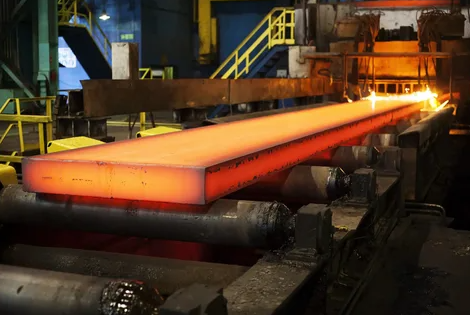Indian steel mills have raised production capacity to play a role in Modi's Make-in-India agenda as well as take over a larger share of the burgeoning market. But they are increasingly forced to export steel, expecting domestic demand to catch up. In fact, India is exporting more of its steel production this year than China. In current projections, India's exports could be around 9 million tonnes in 2017.
Speaking at a conference in Mumbai, Gaurav Bhatiani, Chief Executive Officer of Indian Infrastructure and Finance Company IL & FS, said the private sector will help "accelerate the project" over the next 18 months. If there were a big step in new railways, urban development, highways, shipping, transmission and distribution of electricity, it would create a strong demand for steel. However, the downside may be a slow-growth post-election hangover at the end of 2019 and 2020. "
CRISIL research director Rahul Pritani said total steel demand in India will reach 113 million tonnes by early 2022, up from nearly 93 million tonnes in the current fiscal year ending March 31. India's installed steel capacity is 126 million tonnes per year. In other words, India already has ample opportunity to meet demand for the next five years or so.
But New Delhi still insists that the country wants to achieve 300 million tonnes a year capacity by 2030. While most experts think this target is unrealistic, a better policy could be more balanced growth that tracks demand expectations more closely. But Indian factories, like their counterparts in other regions, will mostly respond to market conditions rather than political goals imposed from above.
Political goals and realities of Indian metallurgy

|
|
Azovpromstal® 25 December 2017 г. 11:36 |





